About KOREA
Culture and the Arts
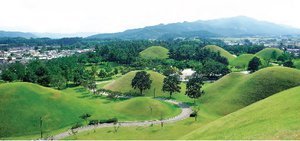
UNESCO Heritage in Korea
Korea’s vibrant cultural legacy, comprising music, art, literature, dance, architecture, clothing, and cuisine, offers a delightful combination of tradition and modernity. South Korea preserves ...
Read more

Traditional Arts
From Gugak to handicrafts, explore the traditional Korean arts
Read more
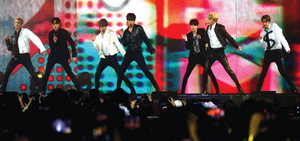
Hallyu (Korean Wave)
From the mid-1990s to the mid-2000s, South Korean TV dramas and popular music gained great popularity in Asian countries such as China and Japan. In ...
Read more
Korean Life
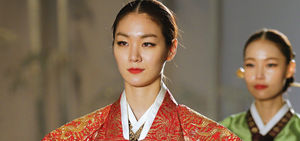
Clothing and Fashion
Korea, surrounded by waters on three sides, features four distinct seasons and more mountains than plains. In these natural conditions, Korean people have developed unique ...
Read more
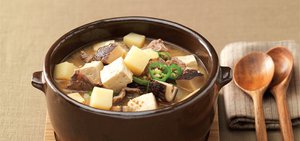
Food
Since ancient times, the Korean people have believed that food and medicine share the same origin and hence perform the same function, following the adage ...
Read more
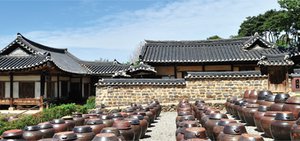
Housing
Korean people have developed unique architectural techniques to build housing that is properly adapted to the natural environment, providing dwellers with better protection. One of ...
Read more

Festivals, Celebrations and Holidays
FestivalsUntil the mid-20th century, Korea was primarily an agricultural society, and the seasonal rhythms of daily life were organized by the lunar calendar. Because farming ...
Read more
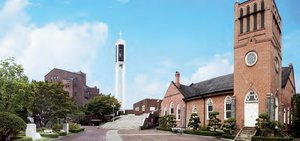
Religion
South Korea is a country where all the world’s major religions, Christianity, Buddhism, Confucianism, and Islam, peacefully coexist with shamanism.
Read more
Society
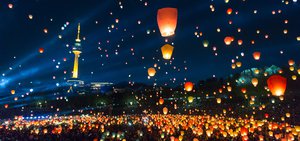
South Korea – Summary
Korea has a unique language and its own writing system, “Hangeul,” which was invented by King Sejong (1397–1450) during the Joseon dynasty. Korean are ...
Read more
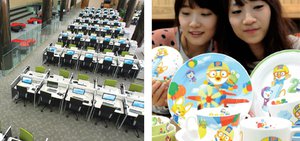
Education, Research and Industry
Education SystemThe Korean people have long regarded education as very important. In the process of industrialization, human resources emerged as an important factor in connection ...
Read more
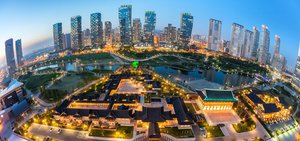
Labor and Social Welfare System
Korean Social Security SystemSouth Korea operates a labor and welfare system that meets international norms. It guarantees the three basic rights of labor. Public officials ...
Read more
Tourism
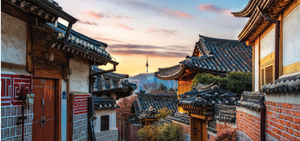
Harmony between Tradition and Modernity
South Korea boasts abundant tourist attractions. Tourists can experience distinctive harmony between historical cultural heritage and modern culture. With these preserved local identities, tourists can ...
Read more
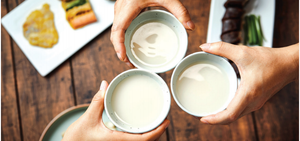
Gourmet Travel
To experience Korean food culture properly, one should visit traditional markets. In a cozy atmosphere, visitors feel free to enjoy Korean food loved by the ...
Read more
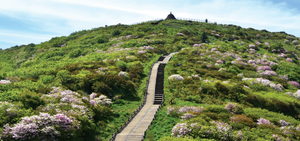
Nature and Its Healing Power
South Korea has designated and operated national parks to preserve the natural ecosystems and natural and cultural wonders.
Read more
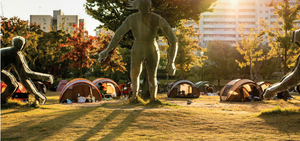
Travel Activities
Riding a bicycle, auto camping, luge and more
Read more
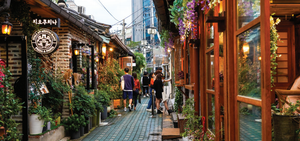
Popular Places (Attractions)
Popular spots in Seoul
Read more
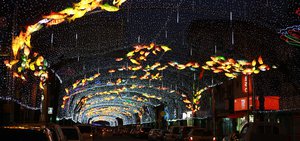
Local Festivals
Each region of South Korea has its own unique identity. This is because they have different traditions, specialties, and natural environments. To further strengthen and ...
Read more
Sports

History and Development of Korean Sports
Korean sports have taken an active part in the global arena over the past century, displaying Koreans’ fighting spirit even in harsh environments. In addition ...
Read more

Infrastructure for Promoting Sports
South Korea has a wider foundation for sports, as elite sports and sports for all are closely connected with each other.
Read more
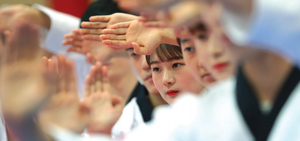
Growth into a Sports Powerhouse
The reason why South Korea has been able to become a global sporting powerhouse is attributed to the people physically participating in a range of ...
Read more
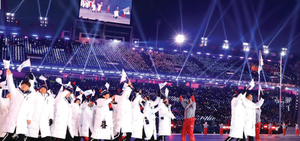
Higher Status as a Host for International Competitions
After liberation from Japanese colonization, Korean sports have made extraordinary achievements. Particularly, since the 1976 Summer Olympics (Games of the XXI Olympiad) and the 1984 ...
Read more
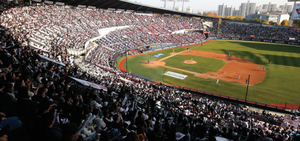
Professional Sports, a History Written in Sweat
South Korea has professional leagues in sports: soccer, baseball, basketball, volleyball, e-sports and Go (baduk). Korean professional sports began to develop in 1982 when six ...
Read more

Transforming into an Advanced Sports Country
At 2017, 100 Policy Tasks of the Government includes Task 72: To build a vibrant country where everyone can enjoy sports. The task is intended ...
Read more
History
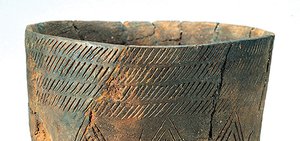
The Beginnings of the Country’s History (Prehistoric Times - Gojoseon)
The history of the Korean nation began in Manchuria and the Korean Peninsula when people started settling there 700,000 years ago. Representative historic sites ...
Read more
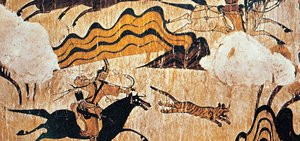
Three Kingdoms and other States
Towards the end of the Gojoseon Period, tribal states came into being one after another in Manchuria and on the Korean Peninsula. Buyeo was established ...
Read more
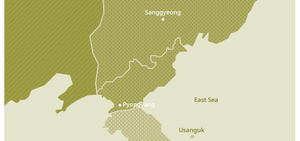
Northern and Southern States Period: Unified Silla and Balhae
With the unification of the three Kingdoms on the Korean Peninsula in 668, Silla enjoyed a marked expansion of both its territory and population. Unified ...
Read more

Goryeo
By the late 8th century, Silla had been weakened by an internal struggle for power among the nobility; by the 10th century, leaders of powerful ...
Read more
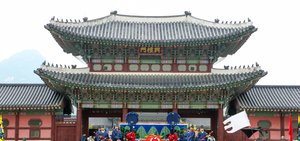
Joseon
Towards the end of the 14th century, Goryeo found itself in a difficult situation due to internal and external problems, including a struggle for power ...
Read more
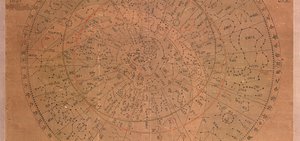
The Fall of Joseon: Imperial Japan’s Annexation of Korea
With the onset of the Industrial Revolution in the 18th century, capitalism developed in Europe and large businesses came into being. European countries expanded their ...
Read more

Independence Movement
During the colonial period, the Japanese pillaged Joseon’s resources, banned the use of the Korean language–even going so far in 1939 as to ...
Read more
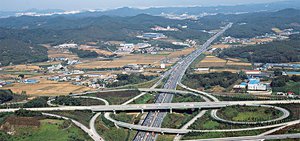
Transition to a Democracy and Transformation into an Economic Powerhouse
On May 10, 1948, the first general election was held in a democratic manner in South Korea under the UN’s supervision to elect the ...
Read more
Government
Constitution
The government of the Republic of Korea was launched on August 15, 1948. Three months earlier, the first 198 members of the National Assembly had ...
Read more
Executive, Legislative, and the Judiciary
The National Assembly of the Republic of Korea is the unicameral national legislature of South Korea that represents the people’s opinions. All the laws ...
Read more
Independent Organizations
Besides the Executive, Legislature, and Judiciary of the government, a number of other agencies carry out their respective independent functions.
Read more
Local Government
South Korea adopted the local autonomous system in June 1995. The Local Autonomy Act was enacted in 1949, but the act ceased to have effect ...
Read more
International Relations
South Korea strives to promote friendly and cooperative relations with other countries. As of June 2020, South Korea maintains diplomatic relations in 191 countries in ...
Read more
Economy
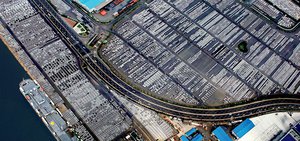
The Korean Economy – the Miracle on the Hangang River
South Korea has achieved rapid growth in a short period. The country has displayed global competitiveness in various fields such as mobile phones, semiconductors, automobiles ...
Read more
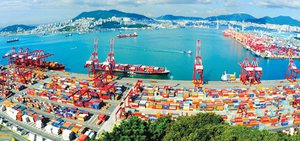
Korea's Open Market Capitalist Economy
South Korea has adopted the open market economy, and is thus negotiating with other countries to sign more FTAs, as well as allowing foreigners to ...
Read more

Industrial Brand Leaders and Korean Industrial Standards
The government is committed to diversifying export items and enhancing their quality through the annual selection of first-rate quality goods. The project, which began in ...
Read more

Efforts to Grow as a Global Power
At present, South Korea is putting every effort into transforming itself into a global economic system. Although the country accomplished rapid growth within a short ...
Read more
